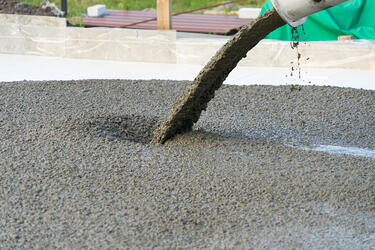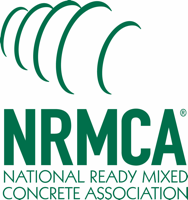
Developed concrete (RC), in like manner, called upheld substantial concrete (RCC) and ferroconcrete, is a composite material where concrete’s modestly low unbending nature and flexibility are compensated for by the fuse of help having higher versatility or pliability. The help is ordinarily, but not actually, steel bars (rebar) and is for the most part embedded idly in the sign before the significant sets. Regardless, post-tensioning is moreover used as a strategy to develop the significance. To the extent that volume is used consistently, it is one of the most notable planning materials. In disintegration planning terms, when arranged precisely, the alkalinity of the significant shields the steel rebar from corrosion click here .

Developing plans are overall expected to go against flexible weights explicitly locale of the signs that could cause unacceptable breaking and also basic frustration. Present-day upheld concrete can contain switched working around materials made of steel, polymers or substitute composite material connected with rebar or not. Developed concrete may similarly be everlastingly stressed (concrete in pressure, support in strain), to chip away at the approach to acting of the last development under working weights. In the US, the most generally perceived strategies for doing this are known as pre-tensioning and post-tensioning.
For a strong, bendable and solid improvement the help needs to have the going with properties regardless:
- High relative strength
- High tolerance of manageable strain
- Extraordinary append to the significant, free of pH, clamminess, and similar factors
- Warm similitude, not causing unacceptable weights (like the turn of events or pressure) considering developing temperatures.
- Strength in the significant environment, paying little heed to disintegration or upheld tension for example.
History
Slanting Zenith of Nevyansk in the town of Nevyansk in Sverdlovsk Oblast, Russia is the essential construction alluded to includes upheld concrete as an improvement method. It depended on the arrangements of the industrialist Akinfiy Demidov between 1721-1725.
François Coignet involved iron-upheld concrete as a technique for creating structure structures. In 1853, Coignet manufactured the chief iron and developed a significant plan, a four-story house at 72 lament Charles Michels in the suburbs of Paris. Coignet’s depictions of supporting concrete suggest that he didn’t do it as a technique for adding fortitude to the significance yet for keeping walls in strong improvement from overturning. The Pippen working in Brooklyn stays as a show of his system. In 1854, English engineer William B. Wilkinson upheld the significant roof and floors in the two-story house he was creating. His arranging of the help showed that, unlike his progenitors, he had some awareness of malleable weights.
Joseph Monier, a nineteenth-century French greens keeper, was a pioneer in the improvement of essential, pre-gathered and developed concrete, having been disheartened with the ongoing materials open for serious areas of strength for making He has yielded a patent for developing significant jars through mixing a wire organization and a mortar shell. In 1877, Monier yielded another patent for a further evolved system of supporting significant sections and supports, using iron shafts put in an organization plan. Anyway Monier in actuality understood that structure-up concrete would chip away at its internal association, it isn’t sure assuming he even knew how much the flexibility of concrete was dealt with by the supporting.


